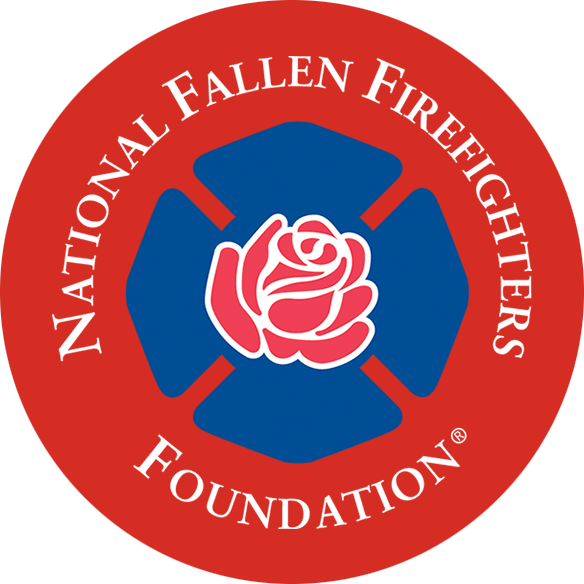A Fire Service Guide to Preparing for a Line-of-Duty Death
A fire department does not know when it will have a line-of-duty death or serious injury. Does it have a plan in place? Are personnel records current? Does the department know how to make timely and proper notification to the survivors? Fire chiefs and survivors tell us that most fire departments are not prepared for a line-of-duty death. Taking Care of Our Own® provides fire department personnel specific information and valuable insights.
Course Presenters
Each training team includes a chief, members of fallen firefighters’ families, and a mental health professional. In addition, the Foundation invites family members from the local area of the training to participate.
Target Audience
This course is designed for senior fire officers, career or volunteer, chief officers and senior deputies of federal and state government, honor guard commanders, chaplains, and officials of national and state fire organizations.
Course Modules
Module One
In Module One participants assess their own views and attitudes on key points that the training will cover. Throughout the training, the participants can compare these with some of the principles and procedures being suggested. The first module concludes with first-hand experiences of a chief and a family member whose stories set the stage for the rest of the day.
1Module Two
Module Two focuses on the importance of pre-incident planning. It covers: 1) putting together a pre-incident plan for line-of-duty deaths and serious injuries; and 2) maintaining up-to-date employee emergency contact information. Class participants discuss ways to support the family immediately after the death, during the funeral planning and service, and long term.
2Module Three
Module Three deals with notification of the survivors. It discusses the five basic principles of notification and lets the participants suggest ways to handle difficult situations.
3Module Four
Module Four covers benefits that may be available to survivors, including the Public Safety Officers’ Benefits and State and local support.
4Module Five
Module Five presents the basic concepts associated with grief and mourning and explores the challenges of dealing with sudden death. It ends by asking the participants to reframe inappropriate statements commonly made to persons who are grieving.
5Sign-Up to Host a Taking Care of Our Own® Class
Our Results
To measure the effectiveness of Taking Care of Our Own®, the Foundation sends participants a questionnaire six months after completion of the course. We ask participants what actions they have taken as a result of the course, to provide suggestions, and to share any procedures or plans developed as a result of the program.
Fire officers, firefighters, chaplains, and other personnel told us they have taken the following actions as a result of the training program:
81%
updated employee emergency contact information
62%
reviewed and revised an existing plan or policy for line-of-duty deaths
59%
used the training materials to develop documents and plans in their department
76%
used the Benefits Checklist and/or the Foundation’s list of state benefits to update information on benefits available to department members
39%
developed SOPs for line-of-duty deaths
42%
42% assigned personnel to key positions such as family liaison, notification team, etc.
The class has led to the development of numerous resources:
Standard Operating Procedures
and other guides developed by agencies and departments whose members participated in the training program are available through a resource section on this website.
A Resource Guide
containing key materials from the class provides a ready reference for departments to use. The Foundation has disseminated over 30,000 copies of this guide.
An electronic newsletter
An electronic newsletter gives participants information on updated survivor benefits, legislation related to line-of-duty death issues, and new course materials and resources.

